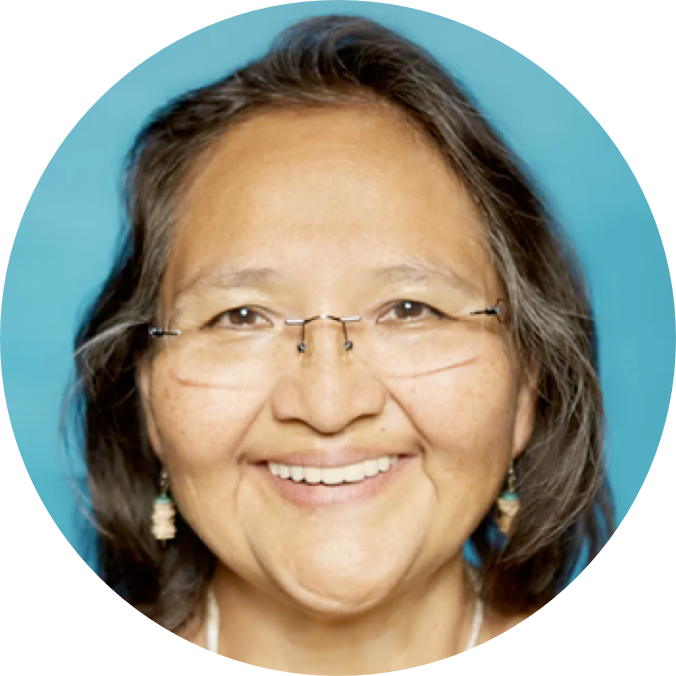The National Academies of Sciences, Engineering, and Medicine hosted a workshop, sponsored by the Gordon and Betty Moore Foundation, to examine changes to diagnostic paradigms in response to the COVID-19 pandemic and to consider the lessons learned and opportunities for improving diagnosis within the U.S. health care system. This workshop was part of a series on diagnostic excellence. Below are key themes discussed by workshop participants.
“The COVID pandemic has underlined the critical importance of timely, accurate, and equitable diagnosis.”
— Daniel Yang, Gordon and Betty Moore Foundation
Watch the video: Daniel Yang
“Implementing how diagnostic testing is used in our communities, how it’s available, how is it in fact available throughout the world, is a much greater challenge.”
— Michael T. Osterholm, University of Minnesota
Watch the video: Michael T. Osterholm
“The pandemic has illustrated the large gaps that have been there—access, equity, justice. Diagnostics could really be part of addressing health inequities but a lot has to happen for that to occur.”
— Preeti Malani, University of Michigan
Watch the video: Preeti Malani


“I believe the next step in these home-based rapid antigen tests will be multiplexing. One swab will do the job and inform you if you have RSV or SARS-CoV-2 or influenza or other respiratory pathogens.”
— Rick Bright, The Rockefeller Foundation

“Excellence means an end-to-end system where it is clear who has responsibility for what. You do not have any single points of failure and that all of the systems we talked about—social media, big data, development—all of those things combined ultimately support access and equity.”
— Nicole Lurie, Coalition for Epidemic Preparedness Innovations


“We are being intentional about ensuring that we are prioritizing those communities that are harder hit through a variety of determinants of health. That notion then impacts policies, supplies, and other decision-making elements that are connected to diagnosis and diagnostics.”
— Nicole Alexander-Scott, Rhode Island Department of Health

“This pandemic also, as I think everyone knows, highlighted many of our global supply chain vulnerabilities. We had never thought before of a shortage of swabs or Tyvek packaging for diagnostic tests. And one of the lessons learned here is we might need to think differently about some of those aspects of our supply chain as it relates to diagnostic testing and self-testing.”
— Kathleen Weber, OraSure Technologies


“I think one really dramatic example of the value of patient input was that as we started noting disparities in the expression of COVID-19, we began to understand that it was multigenerational, crowded households that were at the most severe risk, in part because the elderly were having increased exposure.”
— Rainu Kaushal, Weill Cornell Medicine

“Place-based approaches, community-centered approaches need to be strengthened. We know that working with trusted messengers and trusted community structures like community-based organizations and faith-based organizations are key to really improving trust in science and engagement around the vaccine as well as clinical trial studies.”
— Chau Trinh-Shevrin, NYU Langone Health


“Hearing historical truths are difficult … but it is only through truth that we can move forward, and understanding and respecting that these truths are crucial in elevating the health status of Indigenous people.”
— Adriann Begay, HEAL

“How do we innovate around access to testing and technology for testing so that communities are aware of what resources are available, and thinking about the cost opportunities for communities to be able to engage with those technologies? I think there is a great opportunity to be more innovative and equitable around technology to improve care, especially in the pandemic, and really leverage the community expertise there as well.”
— Utibe Essien, University of Pittsburgh


“A key point is that disparities in COVID-19 transmission, infection, and death are not because racial and ethnic minority groups are inherently more susceptible to the virus, but because of social inequities that have led to more pre-existing conditions like heart disease, obesity, diabetes, and other comorbidities, as well as social inequities that increase the likelihood of exposures.”
— Monica Webb Hopper, National Institute on Minority Health and Health Disparities

“The other problem, of course, for a practitioner is how do you act on information that a patient collected that you never saw, using a test whose performance characteristics can vary quite a bit depending on who the manufacturer is and how well the patient administered the test. I think we need a lot more guidance on how to use these.”
— Eric Rubin, New England Journal of Medicine
“One of the takeaways for me is that substantial consideration needs to go into how the public investment can support what is happening on the technologic side to really drive more patient-centered diagnosis.”
— Andrew Bindman, Kaiser Permanente
Watch the video: Andrew Bindman